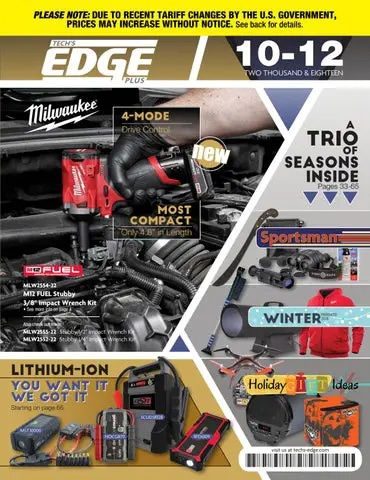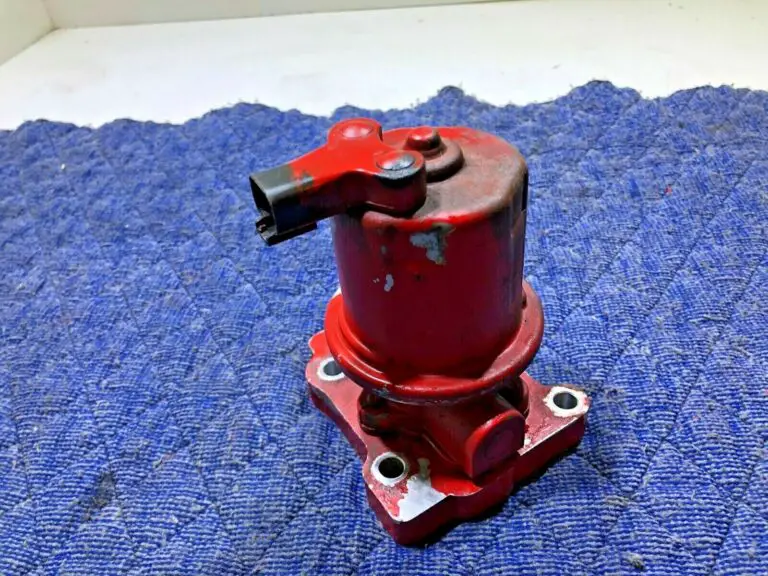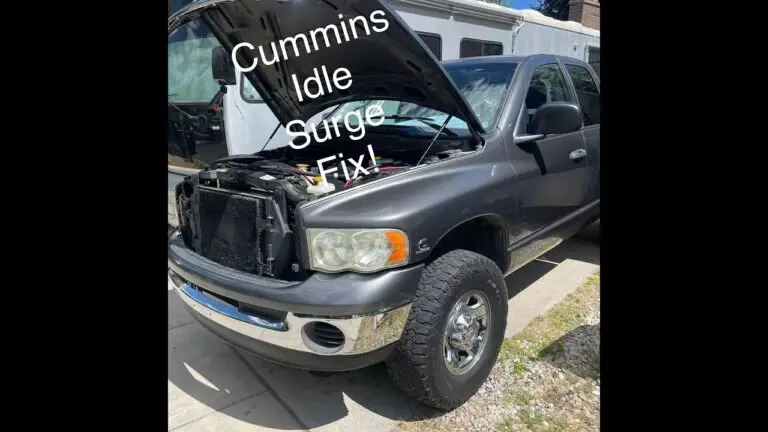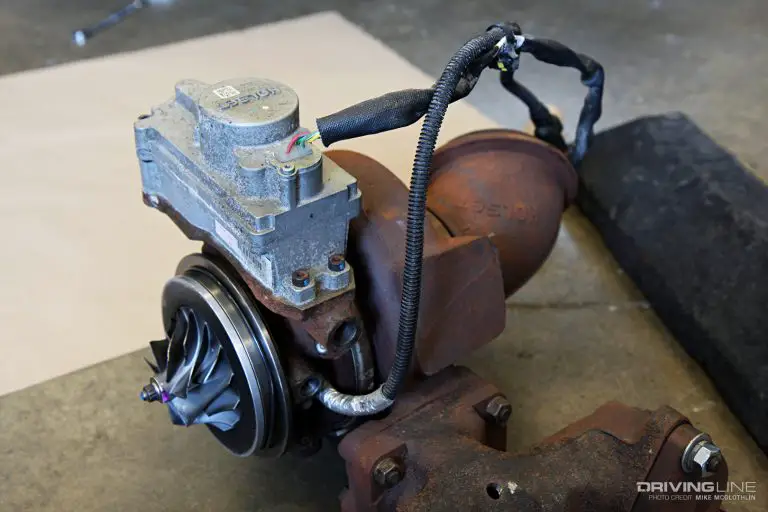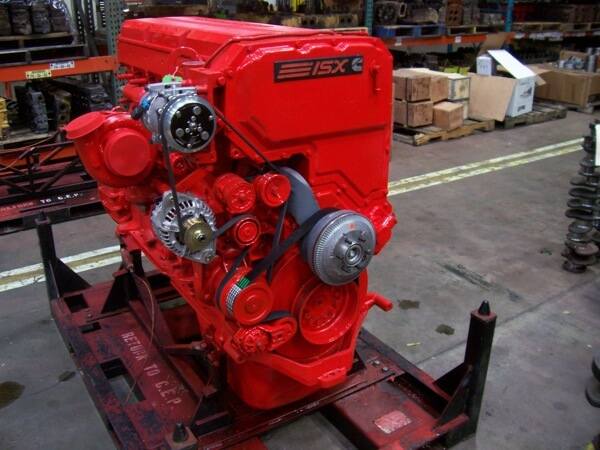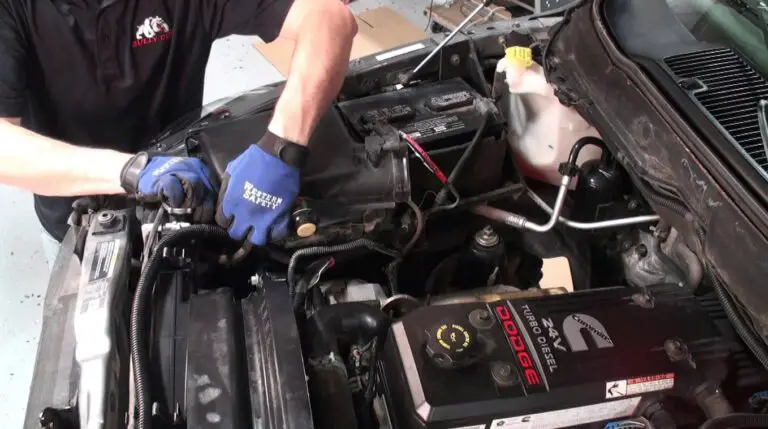Cummins Connector Tube Leak Symptoms: Don’t Ignore These Warning Signs!
Leaking Cummins connector tube symptoms include rough idle, reduced power, poor fuel economy, increased emissions, fuel smell or smoke from the exhaust, and fuel leak under the hood or on the ground. Avoid driving a Cummins with a bad injector to prevent potential engine damage.
Proper torque is crucial to prevent high-pressure fuel leaks in connector tubes.
1. Rough Idle Or Misfire
Cummins Connector Tube Leak can be identified by several symptoms such as rough idle or misfire, engine hesitation or stumbling, inconsistent RPMs, and vibrations during idle. These symptoms may indicate a potential issue with the connector tubes of the fuel injector system.
When the connector tubes leak, it can lead to reduced power and acceleration, poor fuel economy, increased emissions, and a fuel smell or smoke coming from the exhaust. Additionally, you may notice a fuel leak under the hood or on the ground.
In order to fix the issue, it is recommended to replace the leaking connector tubes. Proper maintenance and replacement of fuel injector seals can also help prevent future leaks.
2. Reduced Power Or Acceleration
Cummins Connector Tube Leak Symptoms can cause various issues with your vehicle’s performance, including reduced power or acceleration. One of the most common symptoms is sluggishness when accelerating. You may notice that your vehicle takes longer to reach higher speeds and lacks its usual power. Additionally, the towing capacity of your vehicle may be diminished due to the fuel leak caused by the connector tube. It is important to address these symptoms promptly to prevent further damage to your engine and to ensure optimal performance. If you suspect a connector tube leak, it is recommended to consult a professional mechanic for diagnosis and repair.
3. Fuel Smell Or Leak
Common symptoms of a Cummins connector tube leak include a strong odor of fuel inside or outside the vehicle, visible fuel leaks under the hood or on the ground, and wet or damp areas around the connector tubes. These symptoms may indicate a problem with the fuel injector seals, which can lead to a rough idle or misfire, reduced power or acceleration, poor fuel economy, increased emissions, and a fuel smell or smoke coming from the exhaust. It is important to address these symptoms promptly to prevent further damage to the engine. If you suspect a leaking fuel injector seal, it is recommended to have it inspected and repaired by a qualified mechanic. Driving a Cummins with a bad injector is not advisable, as it can lead to engine damage. Proper maintenance and regular inspections can help identify and address connector tube leaks.

Credit: issuu.com
Frequently Asked Questions On Cummins Connector Tube Leak Symptoms
What Are The Symptoms Of A Leaking Fuel Injector Seal?
Symptoms of a leaking fuel injector seal include rough idle, reduced power, poor fuel economy, increased emissions, fuel smell or smoke from the exhaust, and fuel leaks under the hood or on the ground.
What Are The Symptoms Of A Bad Injector Pump On A 5.9 Cummins?
Common symptoms of a bad injector pump on a 5. 9 Cummins include rough idle, misfire, reduced power, poor fuel economy, increased emissions, fuel smell or smoke from the exhaust, and fuel leaks under the hood or on the ground.
What Is The Torque On A 6.7 Cummins Connector Tube?
The torque on a 6. 7 Cummins connector tube is 11 lb-ft.
Can You Drive A Cummins With A Bad Injector?
No, you should not drive a Cummins with a bad injector. It is risky and can cause further damage to the engine. Replace the injector to avoid potential engine failure.
Conclusion
If you’re experiencing a leaking connector tube in your Cummins engine, it’s important to address the issue promptly. Symptoms of a connector tube leak can include rough idle, reduced power, poor fuel economy, increased emissions, fuel smell or smoke from the exhaust, and fuel leaks under the hood or on the ground.
These issues can negatively impact the performance and efficiency of your engine. It’s crucial to seek professional help to diagnose and fix the problem to ensure the longevity and reliability of your Cummins engine. Don’t ignore the warning signs; take action and get your connector tube leak fixed today.


